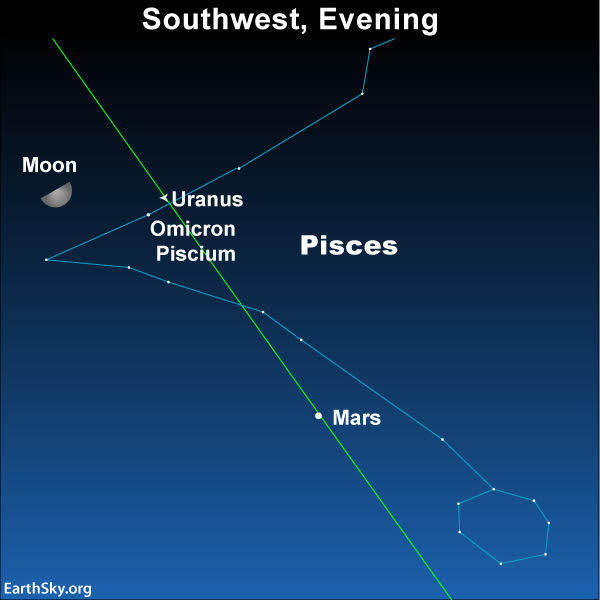Where On This Diagram Do We Find Stars That Are Cool And Dim
Why do astronomers often measure the visible light apparent brightness instead of the total apparent brightness of a star. Explain why h r diagrams look different for star clusters of different ages.
Which of the.

Where on this diagram do we find stars that are cool and dim. On a hertzsprung russell diagram where would we find stars that are cool and dim. Remember the star catalog we showed one page of in the last lecture from the nearby stars catalog. On a hertzsprung russell diagram where would we find stars that have the largest radii.
In the upper right hand corner hertzsprung russell h r diagram is shown in the figure below. By far the most prominent feature is the main sequence grey which runs from the upper left hot luminous stars to the bottom right cool faint stars of the diagram. The red giant branch the upper left corner of the main sequence the lower main sequence the white dwarf branch 5 a star that is cool and very luminous must have a very large radius a very small radius a very small mass a very great distance.
4 where on the h r diagram are the very small but very hot stars. Draw a sketch of a basic hertzsprungrussell hr diagram. O is the hottest and m is the coolest.
How do we measure a stars temperature. Where on this diagram do we find stars that are cool and luminous. H r diagram for stars.
Label the main sequence giants supergiants and white dwarfs. The hertzsprung russell diagram the various stages of stellar evolution. The giant branch and supergiant stars lie above the main sequence and white dwarfs are found below it.
How does the location of the main sequence turnoff point tell us the age of the star cluster. To find this out though we have to know the distances to the stars. In the upper left hand corner in the upper right hand corner in the lower left hand corner in the lower right hand corner previous answers correct.
Which stars are hottest and coolest in the spectral sequence obafgkm. Where on this diagram do we find stars that are cool and dim. They are hotter and hot objects are more luminous than cool objects but they are also larger.
Consider the following data table for. A star in the lower left corner of the diagram would be hot and dim. Blue stars are more luminous than red stars.
How do they differ from main sequence stars. Part b where on this diagram do we find stars that are cool and luminous. Spectral type a way to classify the surface temperature from the spectral lines present in a stars spectrum the letters.
A star in the upper right corner of the diagram would be cool and bright. Where on this diagram do we find stars that are cool and dim. The hotter the temperature are bluer in color and cooler in temperature are redder in color.
The sun rests approximately in the middle of the diagram and it is the star which we use for comparison.
 Stellar Classification Wikipedia
Stellar Classification Wikipedia
 Identifying Dim Companions Of Intermediate Mass Stars
Identifying Dim Companions Of Intermediate Mass Stars
 Parallax And Distance Measurement Las Cumbres Observatory
Parallax And Distance Measurement Las Cumbres Observatory
 Faulkes Telescope Educational Guide Stars Evolution
Faulkes Telescope Educational Guide Stars Evolution
 Why Is Mars Sometimes Bright And Sometimes Faint Astronomy
Why Is Mars Sometimes Bright And Sometimes Faint Astronomy
 What S Up In Tonight S Sky Beckstrom Observatory
What S Up In Tonight S Sky Beckstrom Observatory
 The Hertzsprung Russell Diagram Hertzsprung Russell Diagram Naap
The Hertzsprung Russell Diagram Hertzsprung Russell Diagram Naap
 Introduction To The Hertzsprung Russell Diagram
Introduction To The Hertzsprung Russell Diagram
 Amazon Com Nutricost Dim Diindolylmethane Plus Bioperine 300mg
Amazon Com Nutricost Dim Diindolylmethane Plus Bioperine 300mg
 Star Definition Facts Britannica Com
Star Definition Facts Britannica Com
 How To Make A Star Wheel And Observe The Night Sky Sky Telescope
How To Make A Star Wheel And Observe The Night Sky Sky Telescope
 Bell Ringer 9 29 What Are Stars Made Of Stars Ppt Download
Bell Ringer 9 29 What Are Stars Made Of Stars Ppt Download
 Temperature Mass And Size Of Stars
Temperature Mass And Size Of Stars
 How Big Are Stars How Do We Know
How Big Are Stars How Do We Know
 Chandra Educational Materials Pulsating Variable Stars And The
Chandra Educational Materials Pulsating Variable Stars And The
 Introduction To Stellar Spectroscopy Articles Articles
Introduction To Stellar Spectroscopy Articles Articles
 Classifying Stars The Hertzsprung Russell Diagram
Classifying Stars The Hertzsprung Russell Diagram
 Astronomers Shine A Light Upon Dim Nearby Stars Science
Astronomers Shine A Light Upon Dim Nearby Stars Science
 How To Locate Planet Uranus Tonight Earthsky
How To Locate Planet Uranus Tonight Earthsky
 H R Diagram Lesson Plan A Complete Science Lesson Using The 5e
H R Diagram Lesson Plan A Complete Science Lesson Using The 5e
 Stellar Classification Wikipedia
Stellar Classification Wikipedia
 Meet Sirius The Brightest Star Sky Telescope
Meet Sirius The Brightest Star Sky Telescope
 The Transition To The Red Giant Phase For Sun Like Stars Astronomy
The Transition To The Red Giant Phase For Sun Like Stars Astronomy


0 Response to "Where On This Diagram Do We Find Stars That Are Cool And Dim"
Post a Comment